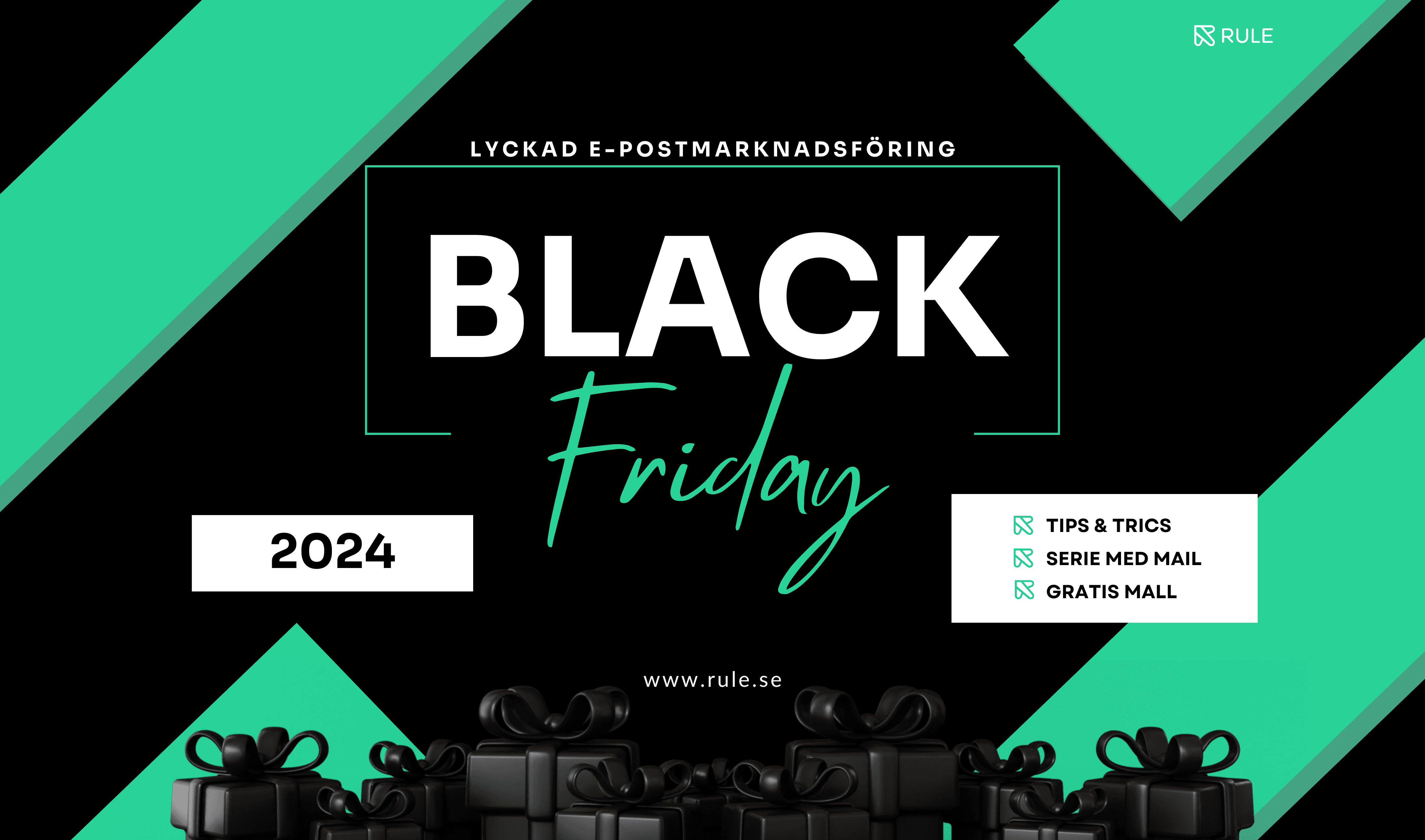In the modern digital era, marketing automation has become essential to marketing strategies for businesses of all sizes and industries. By automating and optimizing marketing processes, companies can reach the right audiences at the right time and create a more engaging customer experience. In this blog post, we’ll explore some of the best practices for marketing automation, along with some great examples of how companies have managed to become best-in-class.
Build a well-structured database
A well-functioning marketing automation campaign starts with a well-structured and qualitative database of your customers and potential customers. By collecting relevant data, such as demographic data, behavior, and interests, you can create targeted and personalized campaigns that deliver relevant messages to the right people.
Best-in-class example:
Netflix has created a database of extensive user data, including viewing history and preferences. This information provides users with tailored recommendations and personalized email campaigns that entice users to discover new content.

Segment your target audience smartly
Once you have a well-functioning database, the next step is to segment your target group to send targeted messages. By dividing your contacts into different groups based on demographic characteristics, behavior, or purchase history, you can deliver messages tailored to each segment.
Best-in-class example:
Amazon uses smart segmentation to customize its email campaigns. By analyzing the customer’s previous purchases and searches, they deliver emails with product recommendations most relevant to each customer.
Use automated workflows to increase efficiency.
One of the most powerful benefits of marketing automation is the ability to create automated workflows. Setting predefined rules and triggering events can ensure smooth and continuous customer communication.
Best-in-class example:
Rule uses automated workflows to send welcome emails to new subscribers and then gradually deliver relevant content based on their behavior. This has resulted in increased customer loyalty and commitment.

Personalize your messages
Personalization is the key to a successful marketing automation strategy. When you send relevant messages to each customer, they are more likely to engage with your brand and convert.
Best-in-class example:
Spotify uses effective personalization in its playlists and emails. By analyzing the user’s music taste and listening habits, they create playlists with names like “Your favorite songs right now” or “A playlist based on your recent listening,” which entices users to interact with the content.
Be the best in class!
Implementing marketing automation and best practices can make a difference in how you reach and engage your customers. You can create a powerful and effective marketing automation strategy by building a well-structured database, segmenting your target group smartly, using automated workflows, and personalizing your messages.
The best-in-class examples from companies like Netflix, Amazon, Rule, and Spotify show how successful marketing automation can increase customer loyalty, engagement, and growth. Following these best practices and being inspired by successful examples, you can take your marketing to new heights and build strong, long-lasting customer relationships. Get started with Rule today! Book a free demo here!







